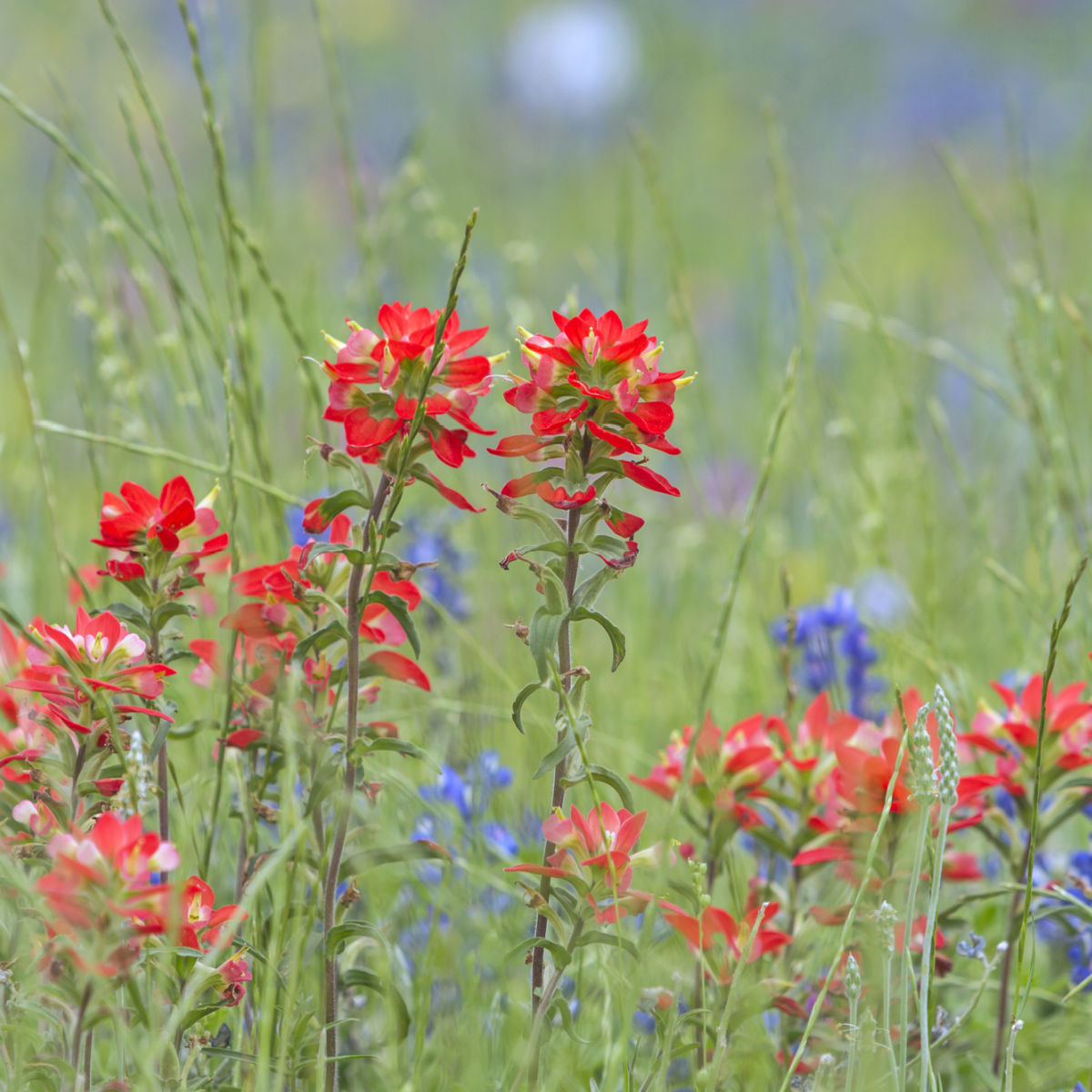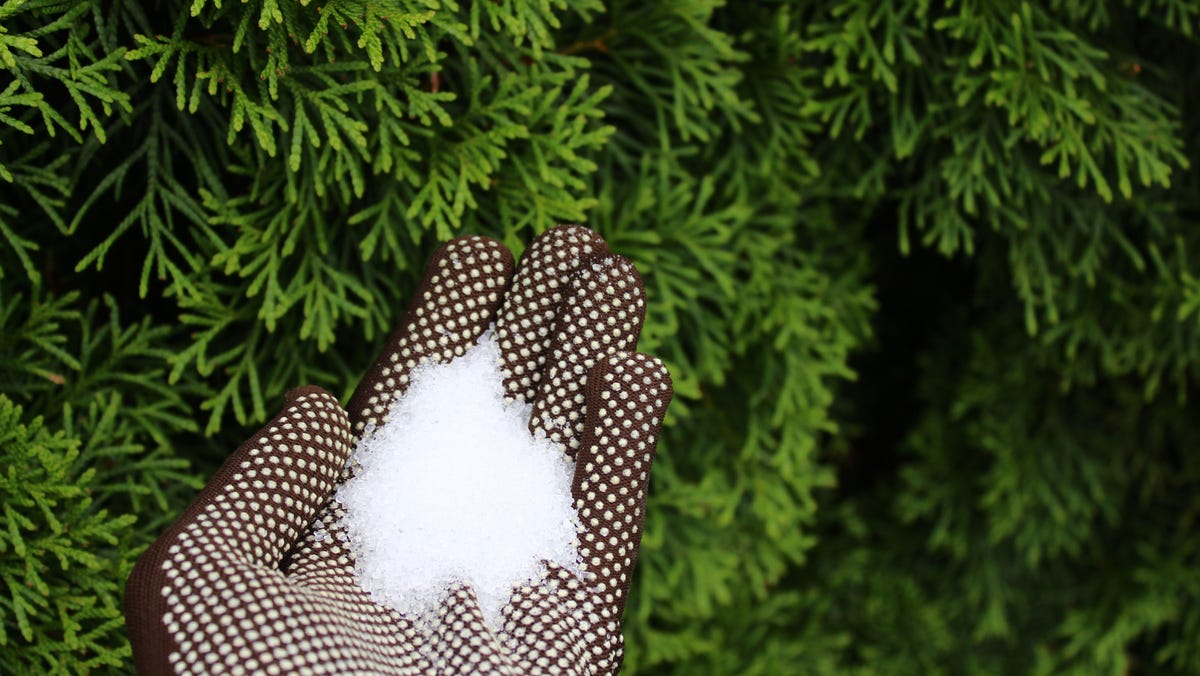Identify What Plants Don't Like Epsom Salt in Your Garden
Identify What Plants Don't Like Epsom Salt in Your Garden
Blog Article
Learn About the Details Plants That Are Adversely Affected by Epsom Salt Application
Epsom salt, a popular family solution for different horticulture problems, is typically applauded for its advantageous results on plant growth. Understanding the specific plants that can be detrimentally affected by Epsom salt is essential for any gardener looking to optimize their plant care routine.
Roses

Roses, particularly conscious modifications in their atmosphere, can be adversely impacted by the application of Epsom salt. While Epsom salt is commonly made use of as a plant food to advertise plant development and boost flowering, roses are just one of the plants that do not react well to its application. The high magnesium content in Epsom salt can hinder the uptake of other necessary nutrients by the rose plants, resulting in deficiencies that show up as yellowing fallen leaves or stunted growth.

Tomatoes
While Epsom salt is frequently promoted as a solution for numerous plant concerns, consisting of bloom end rot in tomatoes, its application can lead to damaging end results if not made use of sensibly. Extreme Epsom salt, which is magnesium sulfate, can disrupt the delicate nutrient balance needed by tomatoes, possibly leading to deficiencies in other essential nutrients like calcium. When considering the use of Epsom salt on tomatoes, it is vital to stick to advised application rates and soil testing to stop unplanned repercussions on the overall wellness and efficiency of these precious yard plants.
Peppers
Peppers, prized for their various shades and degrees of spiciness, can demonstrate sensitivity to unfavorable effects from Epsom salt when not applied with care and consideration for their details dietary demands. what plants don't like epsom salt. Peppers, belonging to the Solanaceae household, require a fragile equilibrium of nutrients to prosper. While Epsom salt is recognized to increase magnesium levels in plants, extreme application can interrupt this equilibrium, resulting in adverse impacts on pepper plants
When peppers are subjected to high degrees of magnesium from Epsom salt, it can disrupt the plant's capability to take in other necessary nutrients like calcium and potassium. This inequality may manifest in signs and symptoms such as leaf staining, stunted growth, and decreased fruit manufacturing. Additionally, the extreme magnesium can alter the dirt pH, additional exacerbating nutrient uptake issues for peppers.

Rhododendrons
Given the level of sensitivity of certain plant types to imbalances triggered by Epsom salt, it is vital to consider the influence on Rhododendrons, which also call for details nutrient levels to flourish. Rhododendrons are acid-loving plants that favor acidic soil conditions with a pH array between 4.5 and 6.0. Epsom salt, chemically referred to as magnesium sulfate, can modify the dirt pH and interfere with the fragile balance of nutrients crucial for Rhododendron wellness.
:max_bytes(150000):strip_icc()/GettyImages-1317990269-f9c37b77324f4095b1916657ff7b26fb.jpg)
To preserve the optimal growth and wellness of Rhododendrons, it is important to prevent the unplanned use Epsom salt and rather concentrate on supplying the particular acidic dirt problems and nutrients that these plants require for flourishing.
Azaleas
These preferred blooming plants are typically located in gardens, landscapes, and parks due to their appeal and convenience. While Epsom salt is frequently utilized as a treatment for magnesium deficiency in plants, its application to azaleas can have negative impacts.
When Epsom salt is related to azaleas, it can alter the dirt pH, making it more acidic. Azaleas prefer somewhat acidic dirt conditions, and an unwanted of magnesium from Epsom salt can disrupt this balance, resulting in nutrient discrepancies and potential poisoning issues. The wrong application of Epsom salt can lead to stunted development, yellowing of leaves, and total decline in the health of azaleas. It is crucial to be careful when considering the use of Epsom salt on azaleas to prevent any unfavorable effects on these delicate decorative hedges.
Verdict
Finally, it is very important to be aware of the specific plants that can be adversely impacted by the application of Epsom salt. Roses, tomatoes, azaleas, peppers, and rhododendrons are some examples of plants that might not take advantage of Epsom salt and can also endure injury. It is crucial to research and recognize the needs of each plant species prior to utilizing Epsom salt as a fertilizer to guarantee their wellness and click resources well-being.
Understanding the specific plants that can be adversely influenced by Epsom salt is important for any type of garden enthusiast looking to enhance their plant care regimen. While Epsom salt is commonly used as a fertilizer to promote plant development and enhance blooming, roses are one of the plants that do not respond well to its application.Too much use of Epsom salt can additionally result in a build-up of salts in the soil, leading to root damages and dehydration of the rose plants. While Epsom salt is recognized to improve magnesium levels in plants, too much application can disrupt this equilibrium, leading to adverse effects on pepper plants.
The high salt content in Epsom salt can likewise dehydrate Rhododendron roots, creating further stress and anxiety and damage to the plant. (what plants don't like epsom salt)
Report this page